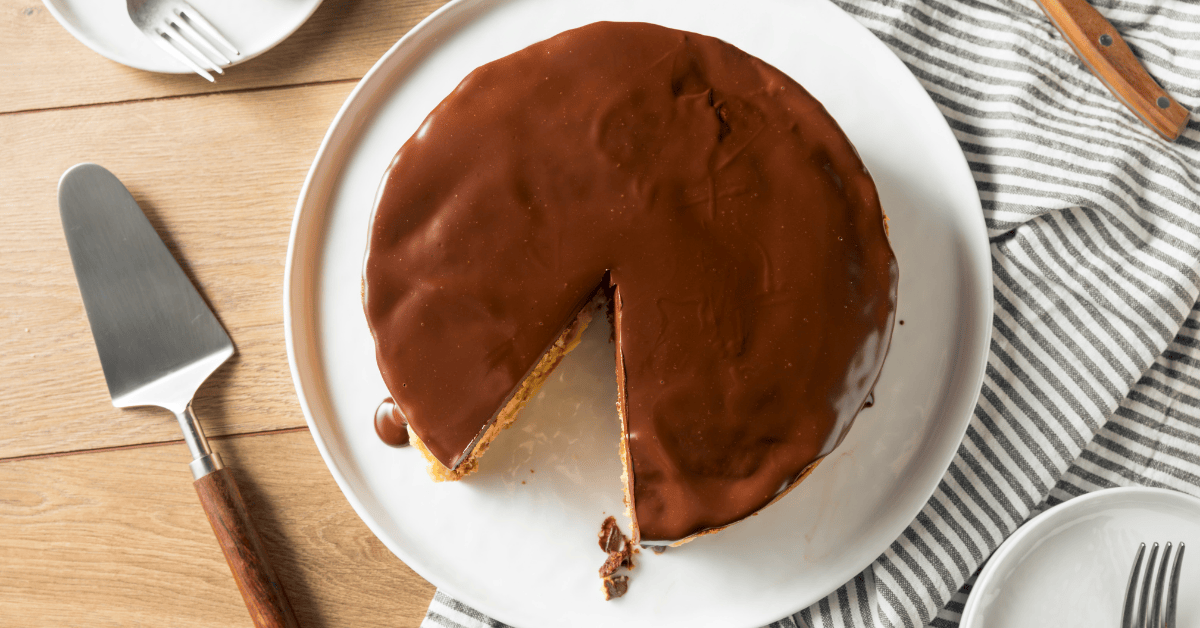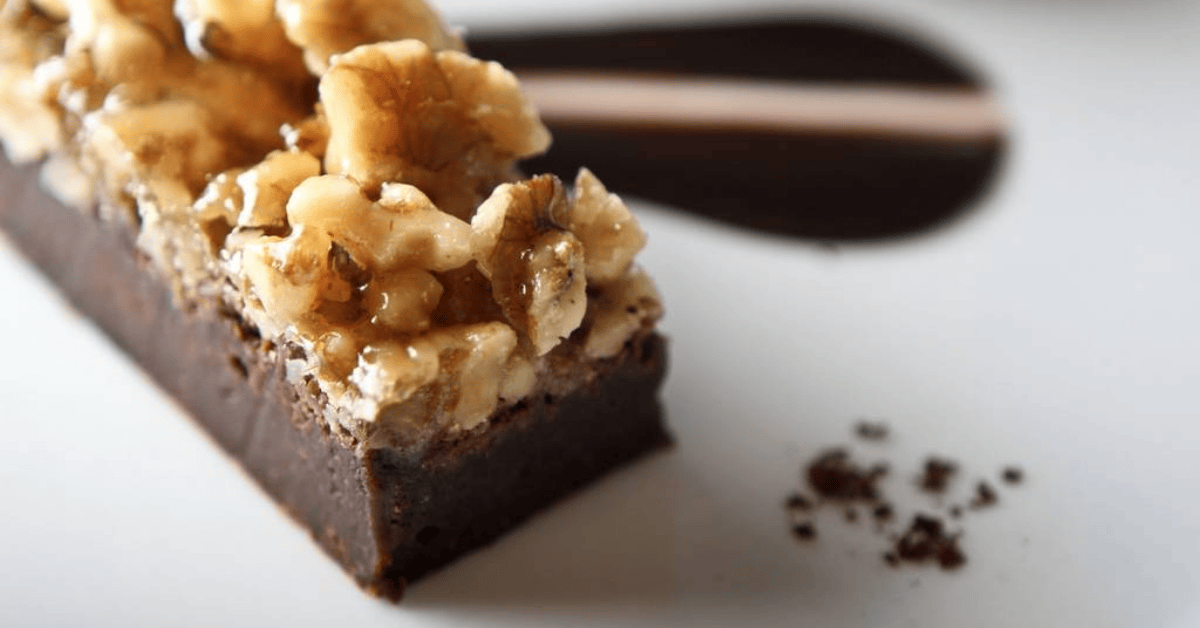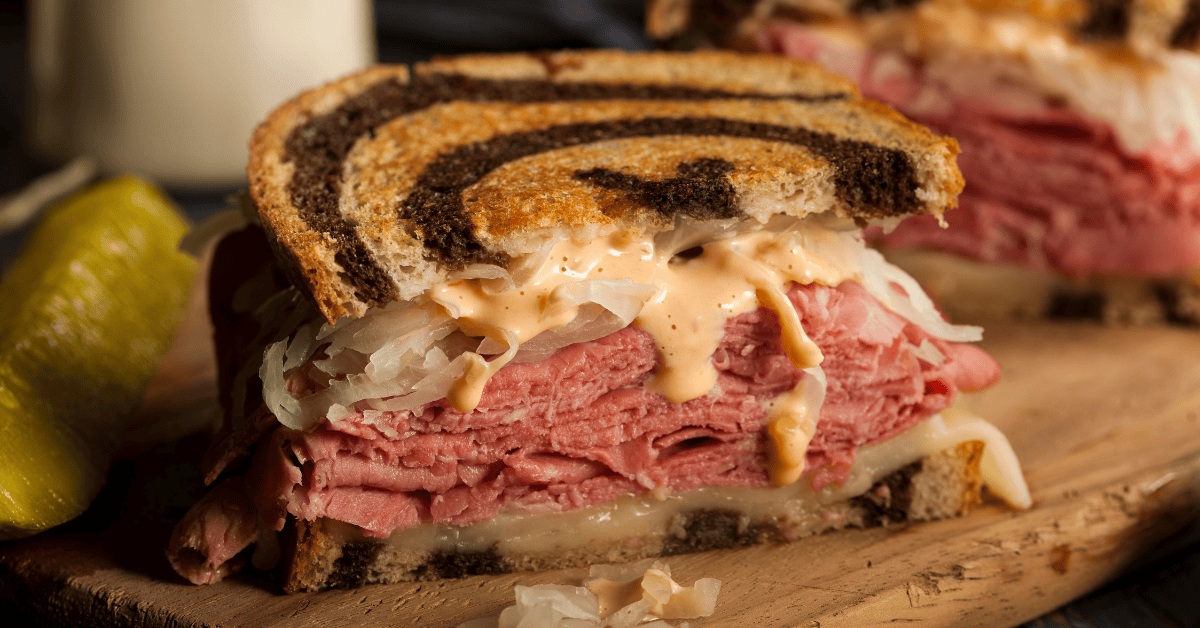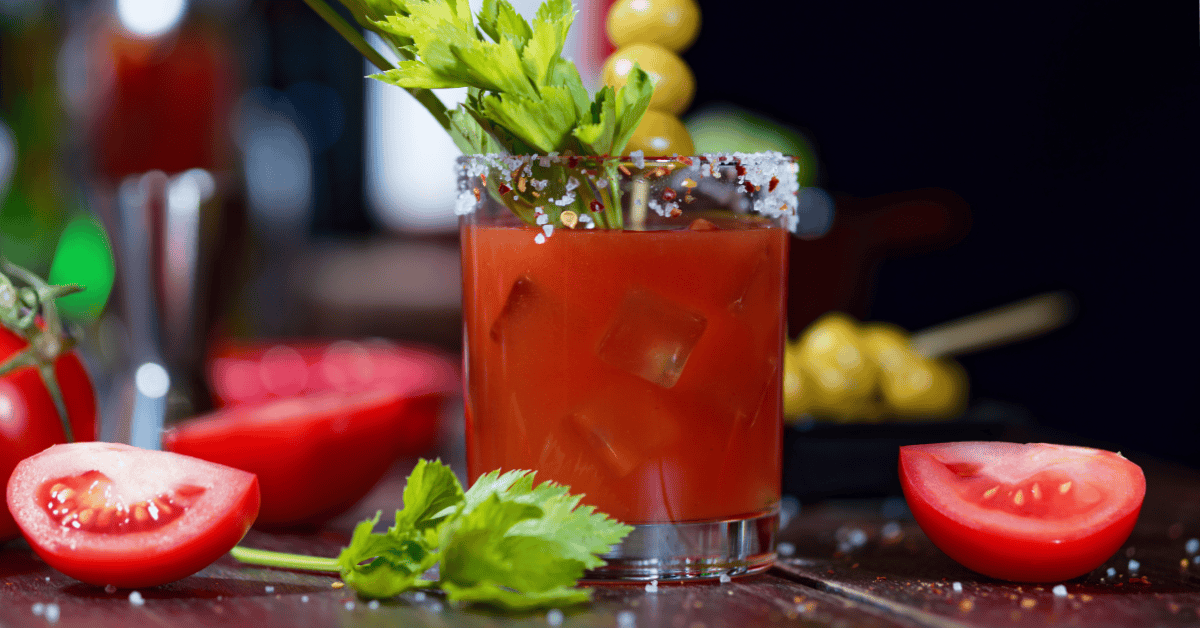Hotels are more than places to stay; they are incubators of culinary creativity. For over a century, hotel chefs and bartenders have dreamed up dishes and drinks that left the lobby and became part of global dining culture. Some started as experiments, others as accidents, and a few as hangover cures. Today, many of these creations are still enjoyed daily, their origin stories tied forever to the hotels that first served them.
Let’s explore some of the most beloved recipes that were born in U.S. hotels and went on to shape dining and drinking traditions worldwide.

Image: © New York Times
Debuting at a charity ball during the Waldorf’s grand opening, this salad was the brainchild of maître d’hôtel Oscar Tschirky.
The original mix was simple: apples, celery, and mayonnaise served on crisp lettuce. Walnuts and grapes came later.
What began as a fashionable dish for New York’s elite became a timeless menu staple, still found on plates across the globe and proudly served at Waldorf Astoria hotels today.

Another creation from maître d’hôtel Oscar Tschirky in the late 1800’s. Legend has it a hungover Wall Street broker, Lemuel Benedict, wandered into the Waldorf and asked for toast, poached eggs, bacon, and hollandaise.
Tschirky refined the order into English muffins, Canadian bacon, poached eggs, and velvety hollandaise. The result was Eggs Benedict, an indulgent brunch staple that traveled from the hotel dining room to cafés worldwide.

Despite its name, this dessert is cake through and through: two layers of sponge with a pastry cream filling, topped with chocolate glaze.
Created by Chef Augustine Anézin at Boston’s Parker House, it quickly became the talk of the town. By the 20th century, boxed versions hit grocery stores, and in 1996, Massachusetts crowned it the state’s official dessert. Today, Boston Cream Pie is as iconic as the city itself.

Green Goddess dressing was created in 1923 at the Palace Hotel in San Francisco.
The hotel’s executive chef, Philip Roemer, invented the vibrant, herb-filled dressing to honor actor George Arliss and his hit play The Green Goddess.
Made with mayonnaise, anchovies, herbs, and a hint of garlic, the dressing became an instant classic—perfectly capturing the elegance and innovation of the era. Today, it remains a beloved staple on menus across the country.

Chicago’s Palmer House introduced the first brownie at the World’s Columbian Exposition.
Requested by Bertha Palmer for ladies’ boxed lunches, it was a dense chocolate square with walnuts and an apricot glaze. Guests loved it, and the recipe spread quickly, appearing in cookbooks by the 1890s.
The Palmer House still serves the original, but brownies have since become one of America’s favorite homemade desserts.

Velvet cakes existed before, but the Waldorf put this crimson beauty on the map.
Originally tinted with beet juice before food coloring was common, the hotel’s version caught on during the mid-20th century. A rumored story of a guest being billed an outrageous fee for the recipe helped fuel its mystique.
Today, Red Velvet is a bakery staple, especially in the American South, thanks to its Waldorf beginnings.

During a poker game at the Blackstone Hotel, grocer Reuben Kulakofsky suggested combining corned beef, sauerkraut, Swiss cheese, and dressing on rye. The hotel’s chef served it up, and soon the “Reuben” was added to the menu. It became a deli classic across the country and even won a national sandwich contest in the 1950s.
Today, nearly every deli has a Reuben, but Omaha holds bragging rights for its creation.

When in Louisville, Kentucky, try a local foodie legend—the Hot Brown. It’s an open-faced turkey sandwich with bacon and a béchamel–style mornay sauce that is either baked or broiled until the bread gets crisp and the white, cheesy sauce begins to brown.
This heated sandwich originated at the Brown Hotel in 1926, when chef Fred Schmidt decided to create a dish that stood out from then-common fare like ham and eggs.
Today, hotel guests can have a Hot Brown at the property’s restaurants or bar, or via room service.

French bartender Fernand “Pete” Petiot perfected the Bloody Mary at the St. Regis’s King Cole Bar. He built on a tomato-vodka base with spices, Worcestershire, and hot sauce, but management initially listed it as the “Red Snapper” for delicate ears.
It became a brunch mainstay and is still the signature cocktail at St. Regis hotels, with each property offering its own twist.

Tasked with creating a new signature cocktail, bartender Ramón “Monchito” Marrero blended rum, cream of coconut, and pineapple juice. The Piña Colada was born at the Caribe Hilton’s Beachcomber Bar, capturing the essence of the tropics in a glass.
By the 1970s it was Puerto Rico’s national drink, and thanks to pop culture and beach bars, it remains the ultimate symbol of vacation vibes.

Though the martini’s origins are debated, one strong claim points to the Knickerbocker.
Bartender Martini di Arma di Taggia is said to have crafted the first dry martini, gin with dry vermouth, for John D. Rockefeller. The sophisticated simplicity of the drink caught on with New York society and soon spread worldwide.
Today, the martini remains a symbol of timeless elegance, forever tied to its hotel bar beginnings.
Conclusion
From breakfast icons to cocktail-hour legends, these recipes remind us how hotels shape culture far beyond their walls. Each dish or drink began as a creative spark, sometimes accidental and sometimes intentional, but all became beloved classics. Next time you order Eggs Benedict, sip a Bloody Mary, or bite into a brownie, you are enjoying a piece of hotel history.
Just as hotels helped shape food and beverage culture, they also continue to shape the way groups gather. With GroupSync, meeting and event planners can search, compare, and book hotels and meeting spaces with the same ease these legendary recipes spread across the world. Whether you need a hotel conference room or a block of guest rooms, GroupSync helps you secure the best fit faster.
Sign up for a free GroupSync account today and discover how simple group bookings can be.
Planners save up to 60% off hotel room rates with GroupSync™
Get access to the best rates with risk-free cancellation.

